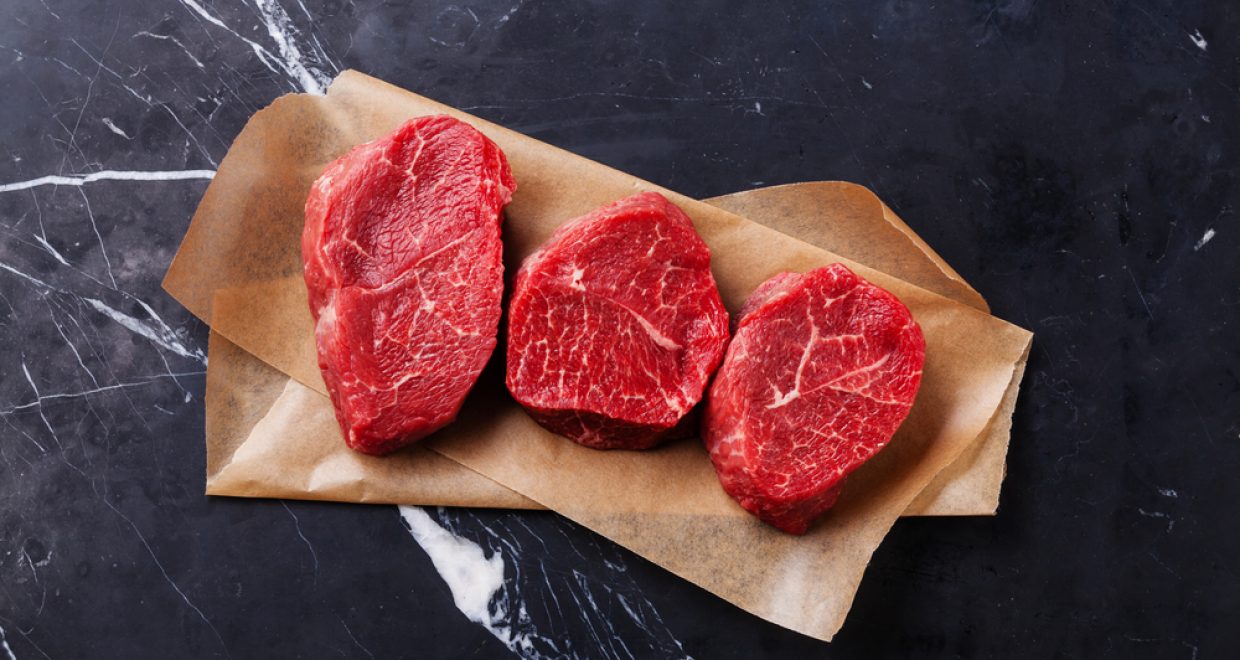Improving the palatability of meat: A review
The January Article of the Month is an invited review entitled ‘Mesenchymal progenitor cells in intramuscular connective tissue development’
The palatability of meat is mainly determined by marbling and tenderness. Tender meat, which contains more intramuscular fat and less connective tissue, is demanded by consumers and the presence and cross-linking of intramuscular connective tissue reduces meat tenderness and is mainly synthesized by fibroblasts.
Intramuscular fat is considered part of the intramuscular connective tissue, and intramuscular adipogenesis is inseparable from fibrogenesis due to closely related developmental origins. Recent studies show that adipocytes and fibroblasts are derived from a common pool of mesenchymal progenitor cells during embryonic development, and due to the bipotent developmental potential of these progenitor cells, enhancing their conversion to adipogenesis reduces fibrogenesis, which provides an opportunity to improve marbling and tenderness of meat, thus the overall palatability.
In addition to meat quality, the quantity of meat production is also important. The amount of lean meat which can be obtained depends on muscle growth and development. Muscle fibers are mainly developed during the embryonic and fetal stage. During myogenesis (formation of muscle fibers), multipotent mesenchymal stem cells differentiate into myogenic cells. In addition, this same pool of cells can also differentiate into adipogenesis and fibrogenesis. It appears that this same pool of multipotent mesenchymal stem cells first diverge into either myogenic or non-myogenic lineages; non-myogenic mesenchymal progenitors develop into intramuscular connective tissue and adipose tissue as described above. But the myogenic lineages generate muscle fibers and satellite cells, which are responsible to later lean growth. Therefore, the myogenic and non-myogenic differentiation provide an opportunity to enhance lean growth while reducing overall adipose and connective tissue deposition, which enhances quantity of meat production.
Up to now, our understanding of mechanisms regulating myogenic and non-myogenic differentiation during the early embryonic development, and the later adipogenic and fibrogenic differentiation of the non-myogenic lineage progenitor cells remain poorly defined. Further studies in this field is necessary, which will provide molecular targets to enhance lean growth and also improve meat quality.
This paper is freely available for one month here
Authors: Z. G. Miao, L. P. Zhang, X. Fu, Q. Y. Yang, M. J. Zhu, M. V. Dodson and M. Du
The animal Article of the Month is selected by the Editor-in-Chief and is freely available for one month





